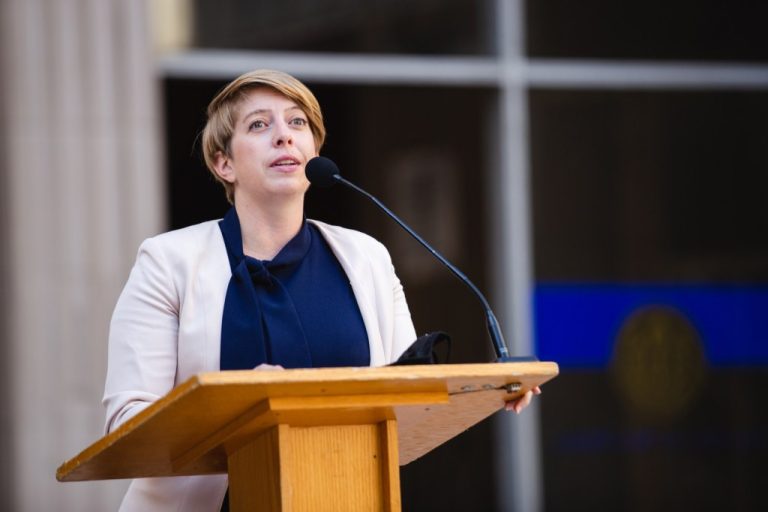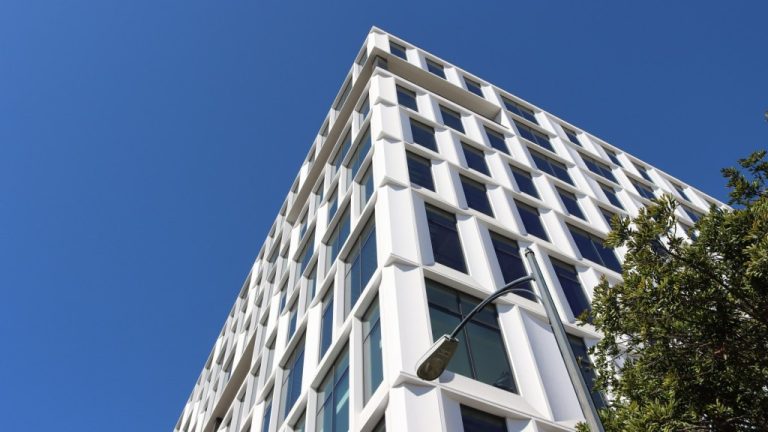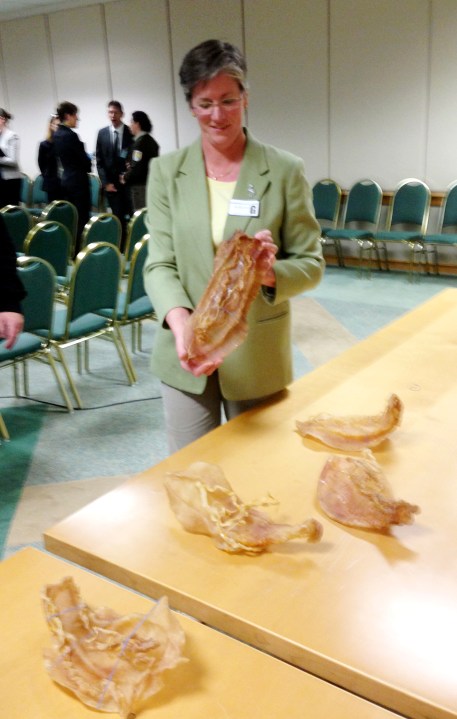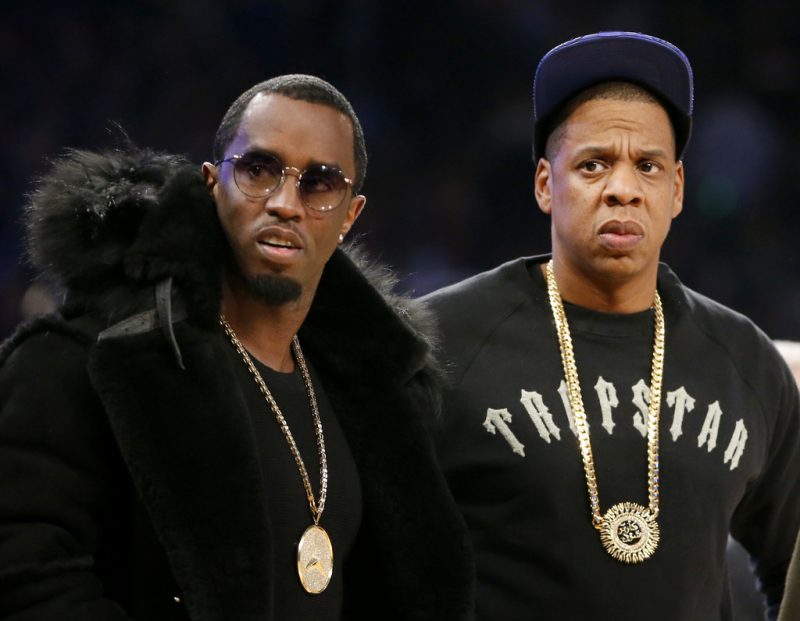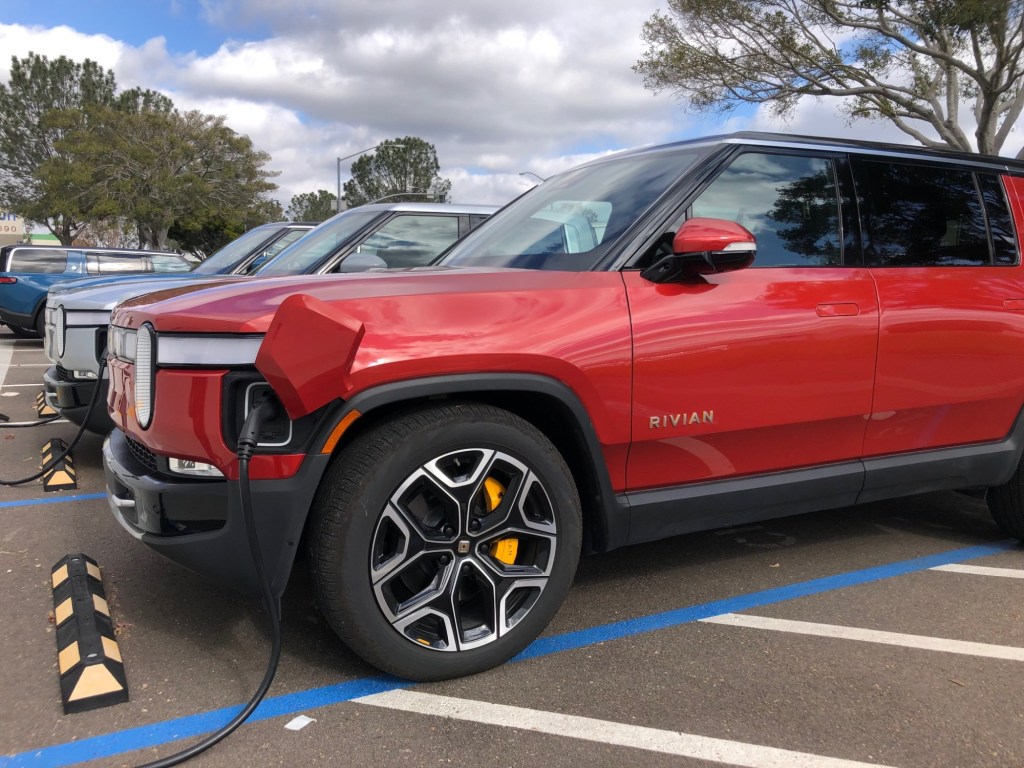

The first iteration of zero-emission vehicle sales mandates in California goes into effect next year. But doubts have been raised about whether the targets can be met.
The trade group representing the state’s car dealers says “there’s no way” consumers will buy electric vehicles and plug-in hybrids at the pace needed to meet California’s annual requirements.
But officials with the California Air Resources Board — the agency in charge of making sure an escalating percentage of sales thresholds are achieved — told the Union-Tribune in an email, “We are confident we’ll accomplish the goals.”
How we got here
Back in September 2020, Gov. Gavin Newsom issued an executive order that 100% percent of in-state sales of new passenger cars and trucks will be zero-emission by 2035, citing the need to reduce air pollution from internal combustion engines and further California’s clean energy efforts.
“This is the most impactful step our state can take to fight climate change,” Newsom said at the time. “For too many decades, we have allowed cars to pollute the air that our children and families breathe.”
The mandate applies only to new car sales; and even after 2035, gasoline-powered cars can still be driven in California.
The Air Resources Board, known as CARB for short, followed up on Newsom’s order in 2022 and passed a series of rules that included staggered annual benchmarks for carmakers to meet.
Starting next year, with model year 2026, at least 35% of manufacturers’ new passenger car and truck sales must be electric vehicles, plug-in hybrids or hydrogen-fuel cell vehicles, known as ZEVs (zero-emission vehicles) for short. The percentages step up each year until hitting 100% in 2035.
!function(){“use strict”;window.addEventListener(“message”,(function(a){if(void 0!==a.data[“datawrapper-height”]){var e=document.querySelectorAll(“iframe”);for(var t in a.data[“datawrapper-height”])for(var r=0;r<e.length;r++)if(e[r].contentWindow===a.source){var i=a.data["datawrapper-height"][t]+"px";e[r].style.height=i}}}))}();
The rules — formally called the Advanced Clean Cars II regulations — include a provision that puts a cap on the number of plug-in hybrids sold. No more than 20% of all sales of plug-ins will be allowed each year, in order to encourage sales of vehicles that emit no emissions at all.
The regulation makes a distinction between hybrid vehicles. Plug-in hybrids qualify because they can be driven using only electricity — at least for short distances. But “traditional” hybrids without a plug cannot, so they do not count toward California’s ZEV mandate.
ZEV sales growing … but the rate is slowing
ZEV sales have zoomed in California in recent years, growing from about 5,600 in 2010 to more than 2.2 million on the state’s roads and highways as of Jan. 31.
The California Energy Commission touted that ZEVs accounted for 25.1% of new auto registrations in the fourth quarter of last year.
But the rate of adoption has slowed. The number of electric vehicles sold for all of 2024 increased by only 2,000 from the year before. And registrations statewide have dropped for two straight quarters.
Those numbers track with figures posted by the California New Car Dealers Association.The group’s president, Brian Maas, doesn’t think sales will grow sufficiently to meet the state’s 35% mandate for the 2026 model year.
A big reason why: The annual percentages apply to each and every carmaker; the mandate is not based on total ZEV sales and leases across the state.
For example, in the 2026 model year, at least 35% of the sales or leases in California made by a manufacturer such as Ford or GM or Toyota must be ZEVs. By the 2030 model year, at least 68% of each carmaker’s registrations must be ZEVs, and so on.
Companies such as Tesla, Rivian and Polestar that make only electric vehicles don’t have to worry about hitting the percentage because electric cars and trucks is all they sell. But for other manufacturers whose inventory includes gasoline-powered vehicles as well as ZEVs, hitting the mandated percentage could be daunting.
Maas estimates that ZEVs make up about just one-tenth of the total number of vehicles that most California dealers sell or lease.
“There’s no way in heck they’re going to make it from 10 to 12% to 35% when the 2026 models start arriving on lots” later this year, Maas said. “I don’t see how it’s going to happen … Consumer demand is not meeting the mandate.”
Automakers typically roll out their new vehicles around September, so the 2026 models will hit showrooms in about seven months.
What happens if the target is not met?
CARB officials say if carmakers don’t reach the annual targets, they can carry deficits for up to three years.
In addition to that, manufacturers can purchase credits from carmakers that have sold more than enough ZEVs to meet the mandate. CARB staff has not yet released what the price of those credits would come to.
The rules are designed to work in similar fashion as California’s cap-and-trade program requiring power plants, natural gas providers and large industries that emit greenhouse gases to buy permits on the carbon pollution they produce.
The board could also assess a fine to automakers not in compliance of about $20,000 per vehicle.
“We do have broad authority to enforce our regulations, including fines,” CARB spokesman David Clegern said in an email. “Fortunately, it has never come to that.”
CARB officials say they’ve built a lot of flexibility into the regulation, understanding that market dynamics can change. They remain confident the goals will be reached and say there are no plans to pause, adjust or eliminate the rule.
“ZEV prices — battery prices in particular — continue to fall rapidly, range continues to increase and the infrastructure continues to develop and more models become available each year, all of which should help keep sales going,” Clegern said.
In addition, CARB predicts competition from international markets in China and Europe will keep driving up market share of ZEVs in the U.S.
“And, historically, automakers have beaten our regulatory expectations,” Clegern said. “They are making the investments to compete and we expect they will continue to do so.”
Maas is not nearly as sanguine. He predicts if the annual percentages can’t be met, it will likely lead to carmakers constraining the number of gasoline-powered cars they send to California because dealers will be forced to sell an increasingly higher percentage of ZEVs in order to meet the mandates.
“Consumers aren’t going to be able to get the (internal combustion engine) vehicles they want to buy,” Maas said. “Dealers aren’t going to have them available. And the ones they do have are going to be more expensive … You can’t sell what a customer doesn’t want.”
In addition to promoting sales of zero-emission vehicles, the state is spending billions on charging infrastructure.
Some potential ZEV buyers fear being stranded if their car runs out of electricity. So to combat “range anxiety,” California has earmarked $1.4 billion to expand what the state boasts is the most extensive charging and hydrogen network in the country. Approved by the California Energy Commission last December, the funding will result in nearly 17,000 new light-duty chargers statewide.
California’s efforts come as federal electric vehicle incentives and spending may be in jeopardy due to a change in the White House.
On his first day in office, President Trump signed an executive order called “Unleashing American Energy” that included seeking the elimination of a federal tax credit of up to $7,500 for ZEVs and instructing federal agencies to freeze disbursements for programs to build charging stations.
According to CARB, about half of the greenhouse gas emissions in California come from the transportation sector. The Advanced Clean Cars II regulations promise to provide public health benefits of at least $12 billion by reducing premature deaths, hospitalizations and lost workdays associated with exposure to air pollution.


